Volkswagen and Bentley prove bigger is better when it comes to SUVs
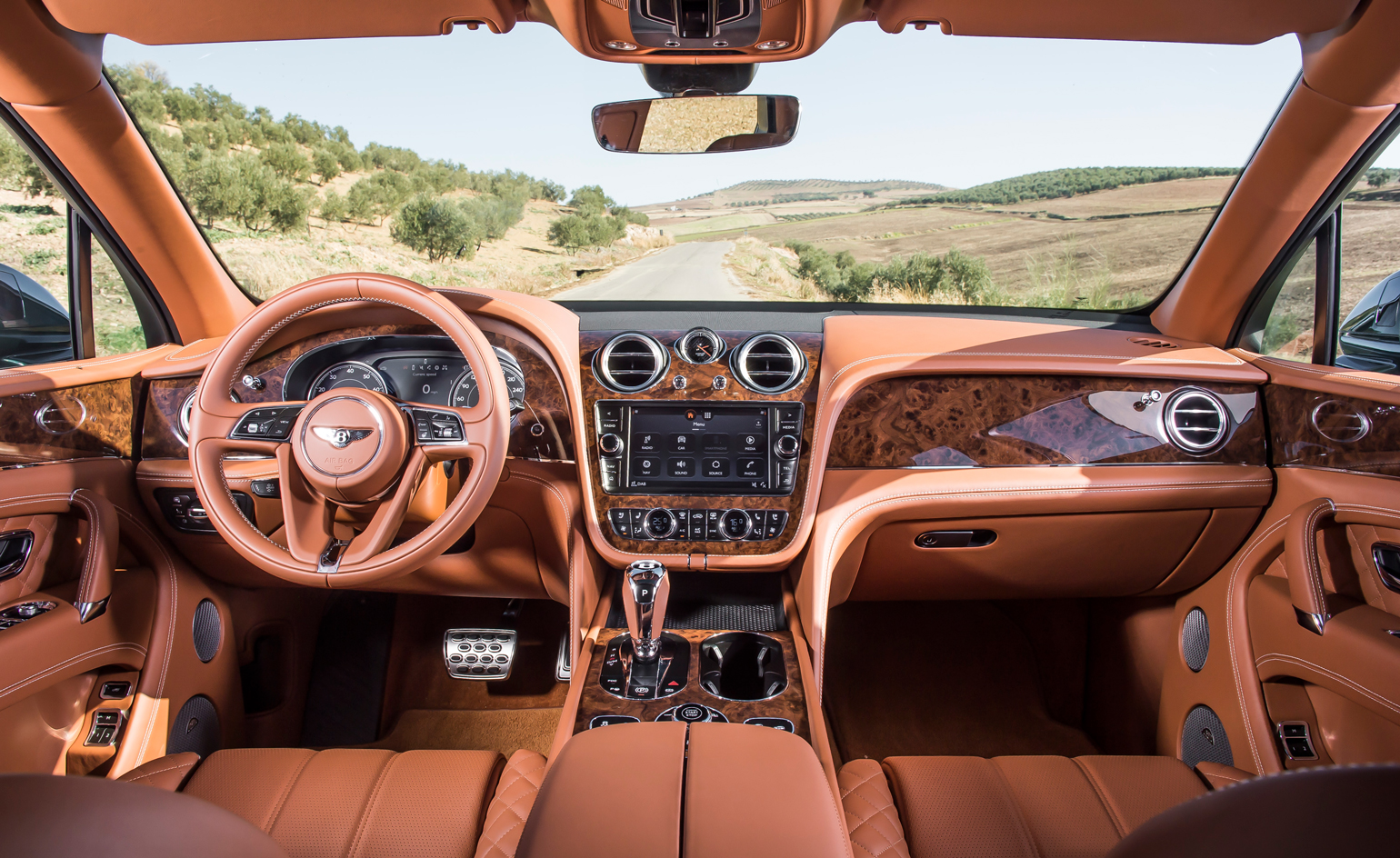
The SUV’s ascent into the pinnacle of luxury design has been a slow but steady one. The very first Range Rover, all the way back in 1970, was obviously onto something but it took its rivals decades to match this grand old mash-up of the agricultural with the aesthetic. Since the turn of the century, the genre has exploded, starting with the mass-market. Over one in three cars sold is an SUV, a segment where profits are higher and perceived kudos is easily demonstrated: bigger is best.
We present the ur-SUV, two cars at the summit of the genre, the apex predators of this automotive form. The well established Bentley Bentayga – newly available in V8 form – and the upstart high-tech challenger from Volkswagen, the new Touareg, represent the new world order of automotive scale.
Of the many, many models and variants that Volkswagen builds, the Touareg is the biggest and boldest, as well as being the most expensive and – it goes without saying – the most prestigious. It’s also not really designed for European car culture as it current stands, let alone as it will soon evolve. The Touareg is a ‘full size’ SUV, the Venti coffee of car culture. Actually, that’s not true, because in the US you can get the VW Atlas, the Trenta equivalent, with seven seats and a rugged, outdoorsy family-orientated image. In stark contrast, the new Touareg is pitched as an all-out luxury car. VW has dipped into its enviable kit of parts, stitching together the best of every brand to create what is now its flagship.
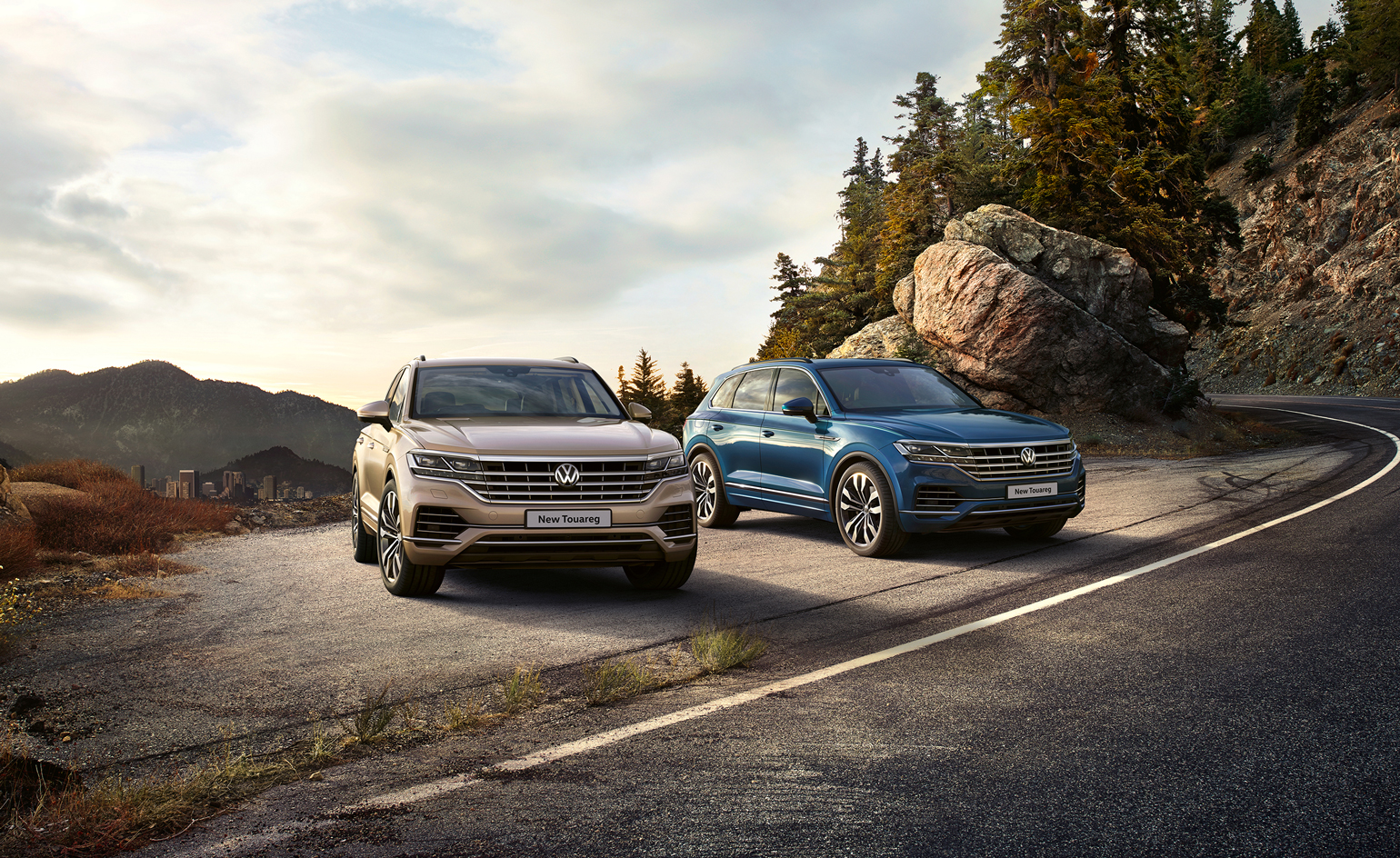
Volkswagen Touareg
As a result, the Touareg is a technical showcase, with a dashboard-swallowing touch screen that must be one of the largest on the market. It is smooth, near silent and incredibly cosseting to drive, easily on a par with the best luxury saloons from the likes of Mercedes and Audi. With only a V6 diesel available to start with, performance is above average but not exceptional. A bigger engine and a hybrid version will be along in due course.
It’s worth pointing out, though, that the Touareg sits on VW’s MLB2 Platform, a German acronym for ‘Modular Longitudinal Matrix’. This is an engineering template that forms the core of many of the group’s most significant large cars over the past decade. Platforms are developed to massively cut the complexity of car-making, by sharing certain key components and hardpoints. Engines, transmissions, bodywork, interior and all the fripperies and trapping of branding can then be farmed out to the independent companies in the group, saving time and money and allowing for far greater diversity.
The Touareg is the newest car to use the tech, and it joins a diverse list of other stalwarts in the VW Group range, including Audi’s Q7 and Q8, the Lamborghini Urus, Porsche Cayenne and Bentley Bentayga. Price aside, these cars are sufficiently distinct so as not to encroach on each other’s toes; presumably no Bentley buyer will suddenly waver and opt instead for a Volkswagen and vice versa. The platform has baked-in support for hybrid technology, but doesn’t form the basis of the all-electric SUVs that are starting to creep into the market.
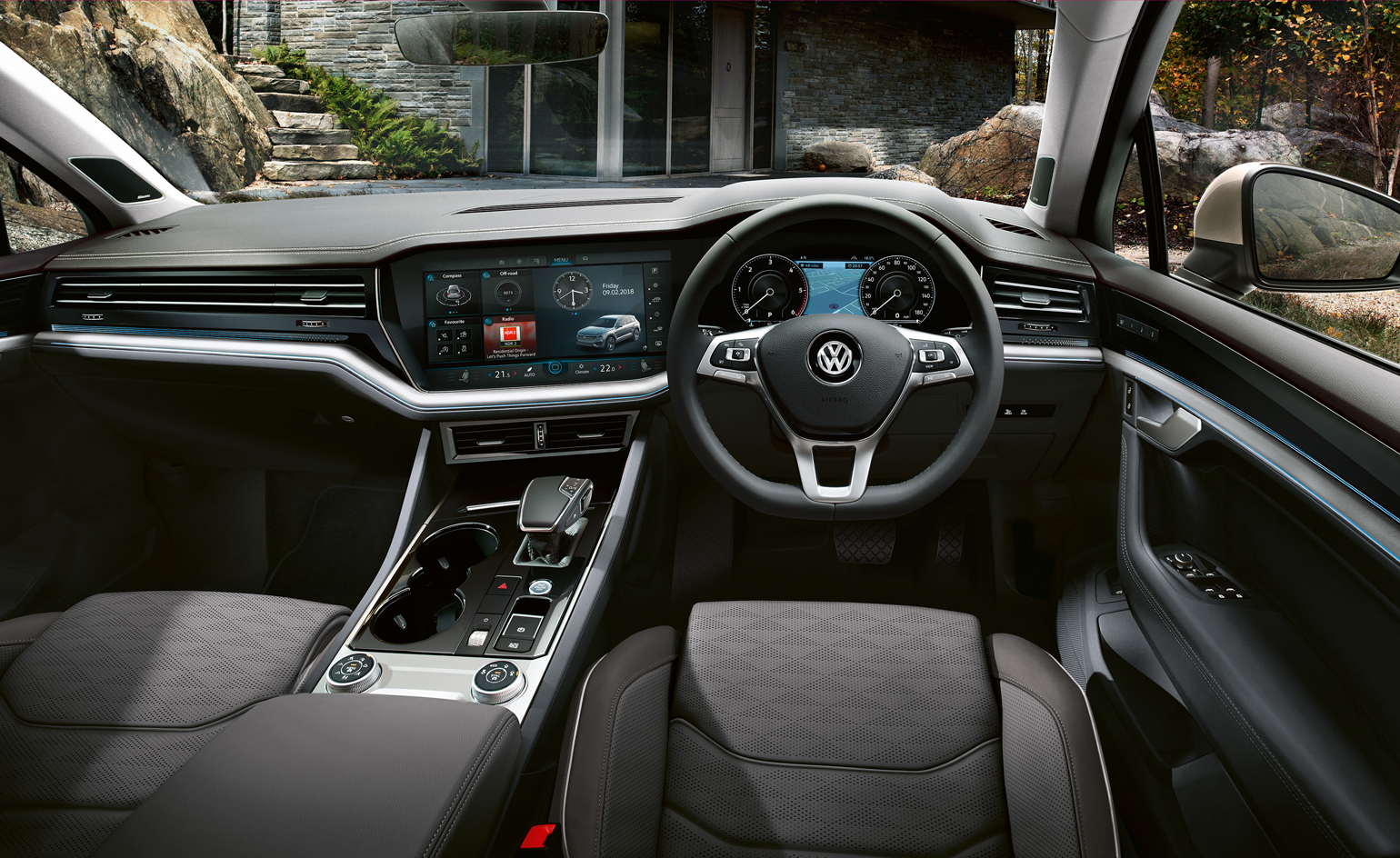
Inside the Volkswagen Touareg
The Touareg also offers a very contemporary definition of luxury, smooth and quiet, with well integrated tech, graphics and switches. It’s not about wood and leather, or finicky crafts and decades of heritage. As the visceral sound and feel of a traditional engine starts to fade from our memory and fall off our wish lists, these new high-tech luxury signifiers will be more and more important. How smart is your car? How well does is sync with your other tech? Can it track and keep pace with the traffic? Does it integrate with your smart home?
The Touareg’s sibling, the Bentley Bentayga, has a different take. The Bentayga is newly fitted with a V8 petrol engine (as opposed to the massive W12 that’s fitted to the flagship). Fire it up, and the futuristic concerns that occupy the Touareg owner swiftly fade away. As we noted above, the Bentayga shares an awful lot of the Touareg’s genetics. But where the VW is chiselled and sleek, the big Bentley SUV has a baroque, voluptuous heft. Contemporary car design is all about ensuring the essence of your brand feels like its baked all the way through an object, even if the actual physical changes are confined to a 5-10 cm deep layer of surface treatment.
No-one will mistake these cars for one another, but they will certainly have a reaction to their scale. The Bentayga is bigger in every dimension (that flexible platform, remember), but inside feels smaller on account of the more traditional approach to dashboard and switches. There’s no cinemascope-style screen, just a smaller touchscreen that is already showing its age. Instead, you have Bentley’s traditional ‘organ stop’ style ventilation controls and chrome, wood and leather aplenty, beneath all which are the switches for the clever off-road technology that the Bentayga shares with the VW.
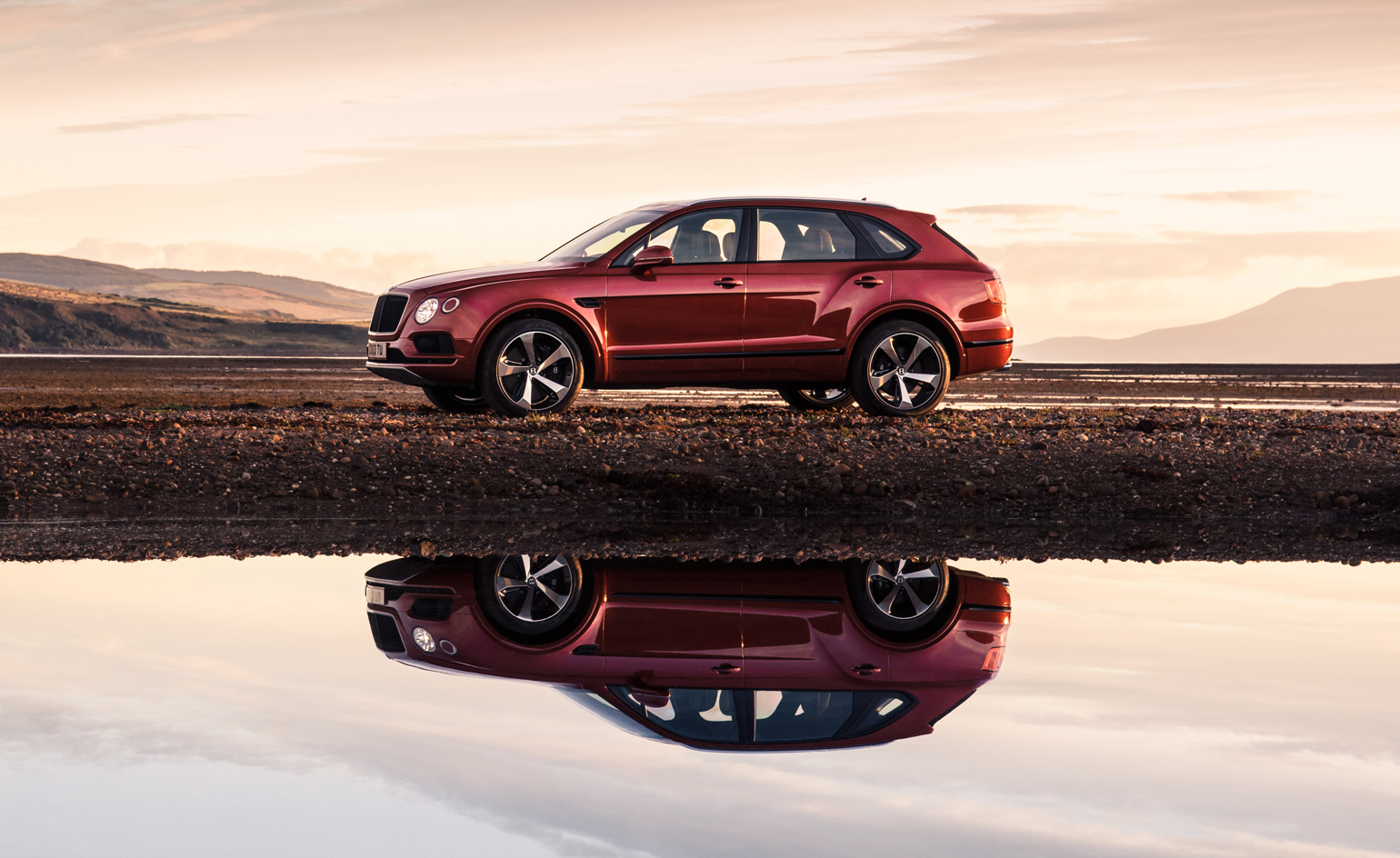
Bentley Bentayga V8
Where the Touareg is apt to get a little wheezy, the Bentley just blows on through. This is perhaps the closest thing modern car culture has to the monstrously powerful and brutish inter-war luxury cars built by the likes of Mercedes, Rolls-Royce, Bugatti and, of course, Bentley itself. At over two and half times the price of the Touareg with options, the Bentayga is aimed at a very different customer. Heritage means so, so much more in this sector. Since becoming a spoke in the mighty wheel of VW, Bentley has underplayed its technology in favour of an emphasis on traditional craft and effortless performance.
On the open road, the latter is peerless. The Bentayga will cruise all day at autobahn speeds in near silence, yet also dive in-and-out of corners with an ease that belies its size (and weight). In town, the former qualities come into play; the car acts as a buffer for the outside world, insulating you against noise, traffic and the occasional rolled eyes or rude hand gesture. This is not a machine that wins friends and influences people. Instead, it is for the supremely self-confident who need no additional help.
There are many who’d say that the old, cramped cities of Europe are no longer suitable stomping grounds for today’s SUVs. These are machines for the wide open roads of the US, or the new territories of China and Russia, trade embargoes and corruption crackdowns notwithstanding. Yet regardless of the application, both of these cars provide a hefty, impregnable carapace against the inevitable brickbats of modern life. Your brand allegiance, however, will surely determine the way the world reacts to you.
Wallpaper* Newsletter
Receive our daily digest of inspiration, escapism and design stories from around the world direct to your inbox.
INFORMATION
For more information, visit the Bentley website, and the Volkswagen website
Jonathan Bell has written for Wallpaper* magazine since 1999, covering everything from architecture and transport design to books, tech and graphic design. He is now the magazine’s Transport and Technology Editor. Jonathan has written and edited 15 books, including Concept Car Design, 21st Century House, and The New Modern House. He is also the host of Wallpaper’s first podcast.
-
 All-In is the Paris-based label making full-force fashion for main character dressing
All-In is the Paris-based label making full-force fashion for main character dressingPart of our monthly Uprising series, Wallpaper* meets Benjamin Barron and Bror August Vestbø of All-In, the LVMH Prize-nominated label which bases its collections on a riotous cast of characters – real and imagined
By Orla Brennan
-
 Maserati joins forces with Giorgetti for a turbo-charged relationship
Maserati joins forces with Giorgetti for a turbo-charged relationshipAnnouncing their marriage during Milan Design Week, the brands unveiled a collection, a car and a long term commitment
By Hugo Macdonald
-
 Through an innovative new training program, Poltrona Frau aims to safeguard Italian craft
Through an innovative new training program, Poltrona Frau aims to safeguard Italian craftThe heritage furniture manufacturer is training a new generation of leather artisans
By Cristina Kiran Piotti
-
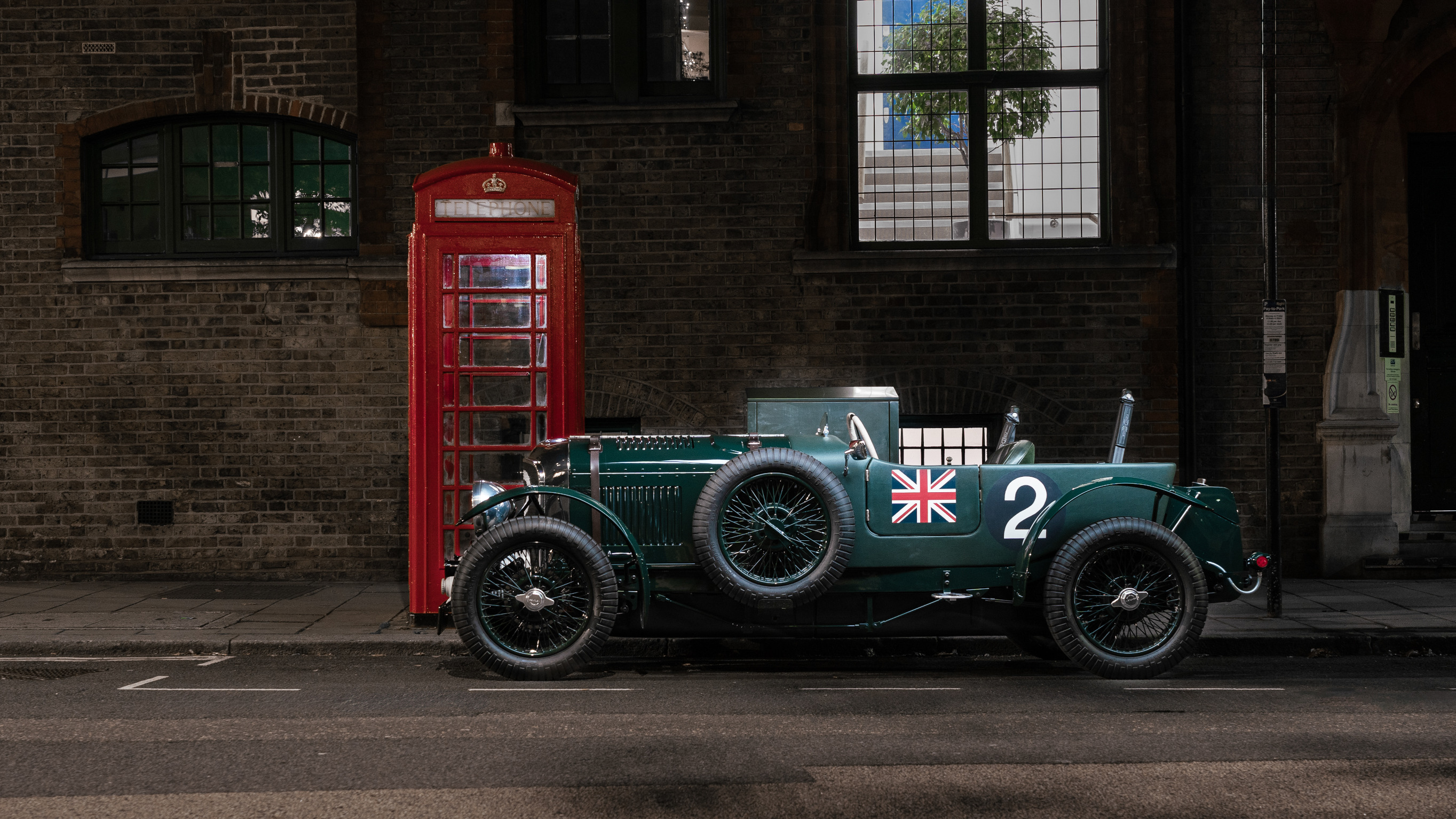 Wallpaper* takes the wheel of the Bentley Blower Jnr for a rich automotive experience
Wallpaper* takes the wheel of the Bentley Blower Jnr for a rich automotive experienceHedley Studios has shrunk the mighty Bentley Blower into this all-electric, road-legal barnstormer. We take it to the streets of London
By Jonathan Bell
-
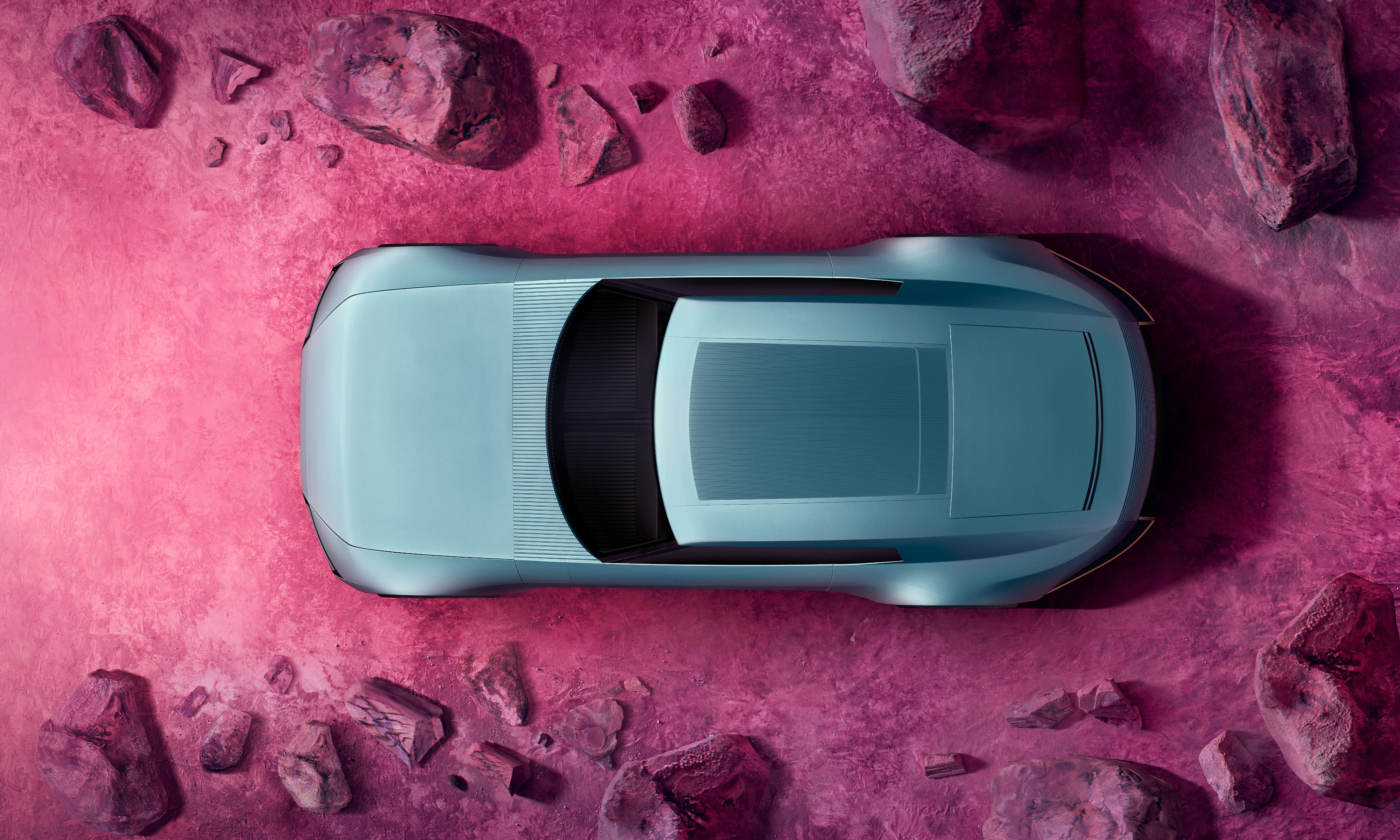 The top 10 concept cars of 2024, as selected by Wallpaper’s Transport Editor
The top 10 concept cars of 2024, as selected by Wallpaper’s Transport EditorWe round up our favourite forays into futuristic design with this collection of concepts and design studies showcasing the transport of tomorrow
By Jonathan Bell
-
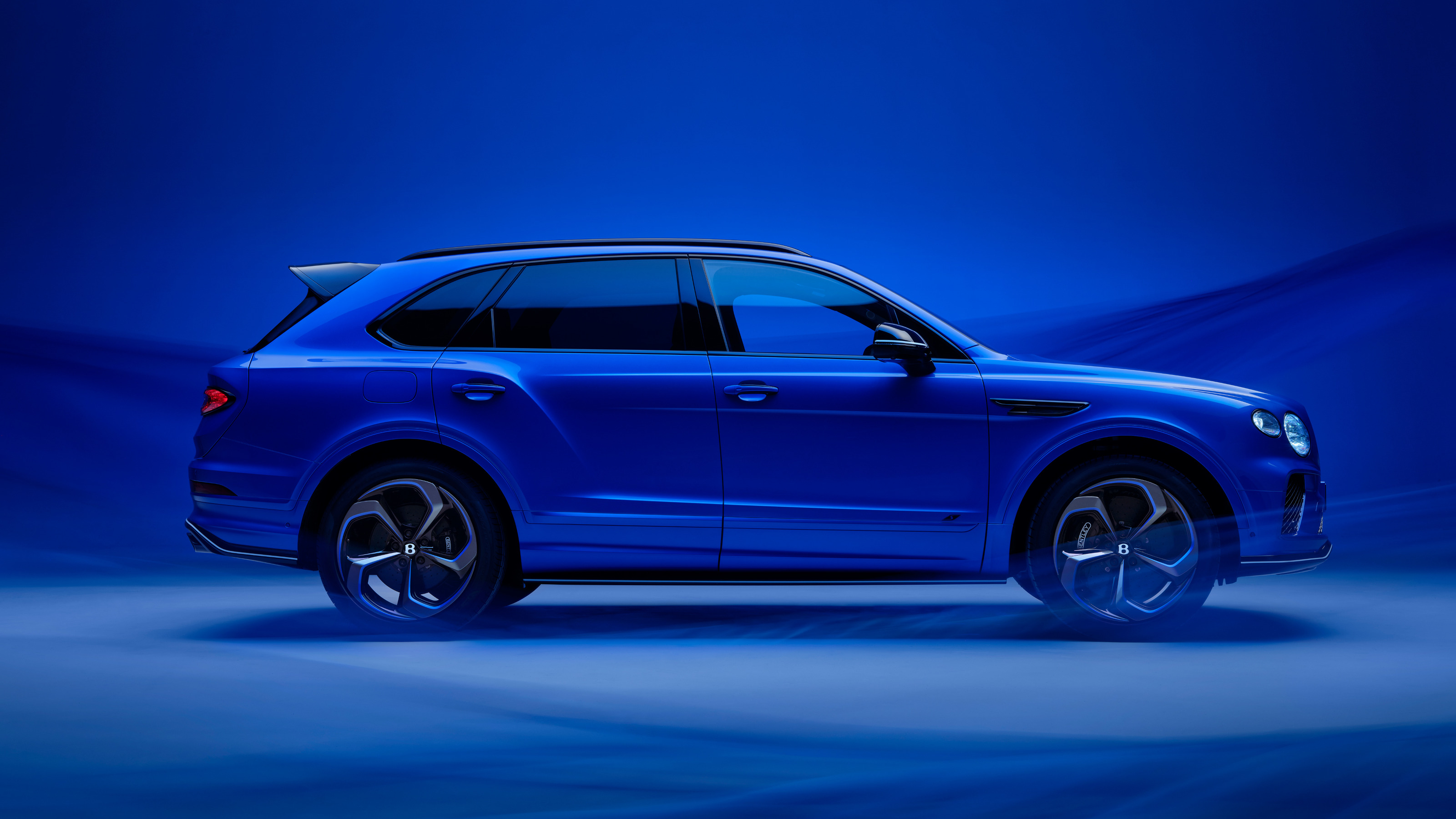 Bentley collaborates with fashion designer Supriya Lele to create ‘Nīla Blue’
Bentley collaborates with fashion designer Supriya Lele to create ‘Nīla Blue’This one-off Bentley Bentayga S showcases a new paint and interior specification created with Indian-British designer Supriya Lele
By Shawn Adams
-
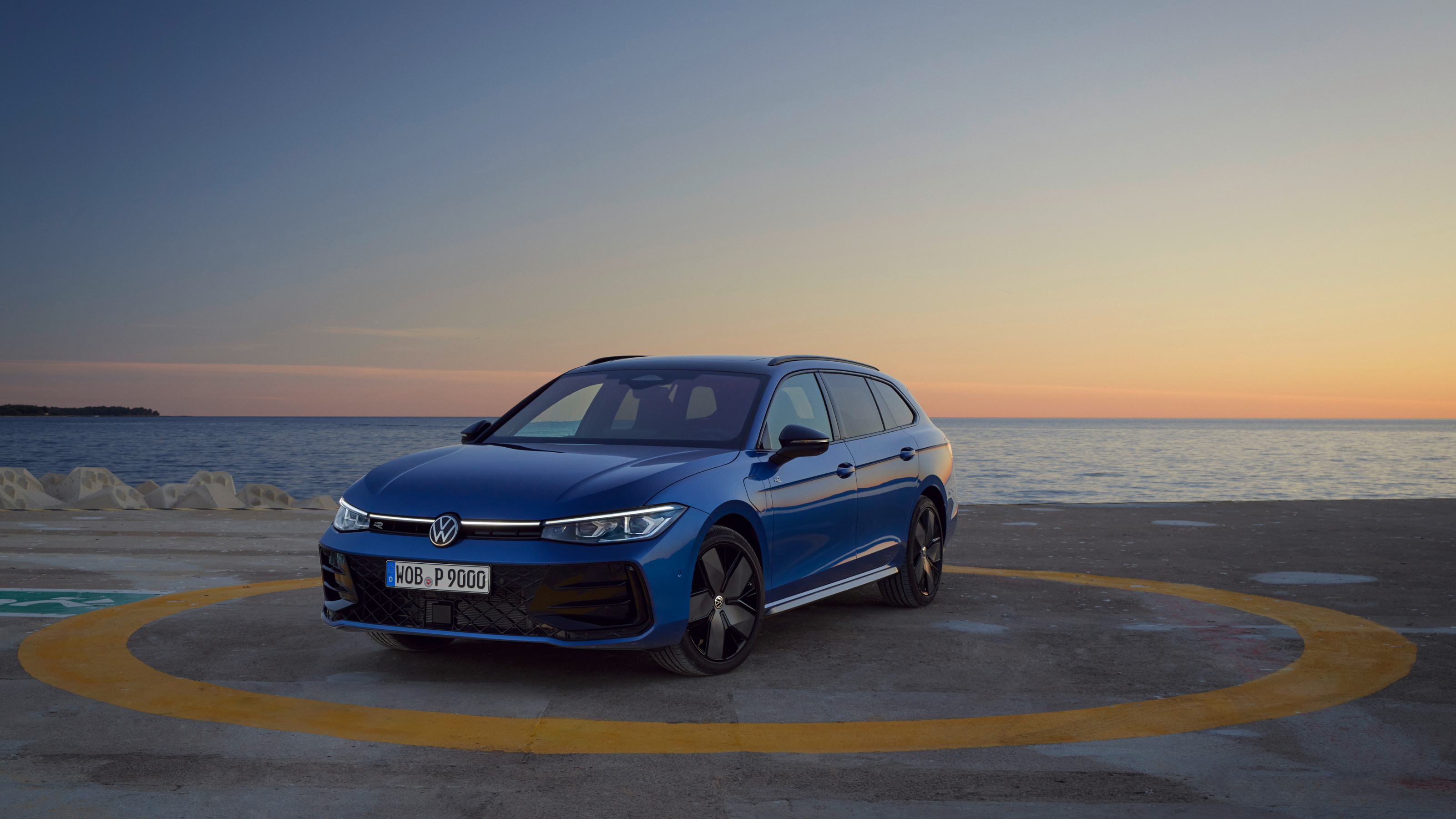 The Volkswagen Passat is a sober, straight edged estate car that feels increasingly out of time
The Volkswagen Passat is a sober, straight edged estate car that feels increasingly out of timeWhy would anyone pass on a Passat? Volkswagen’s big load lugger proves that the old ideas are still the best
By Jonathan Bell
-
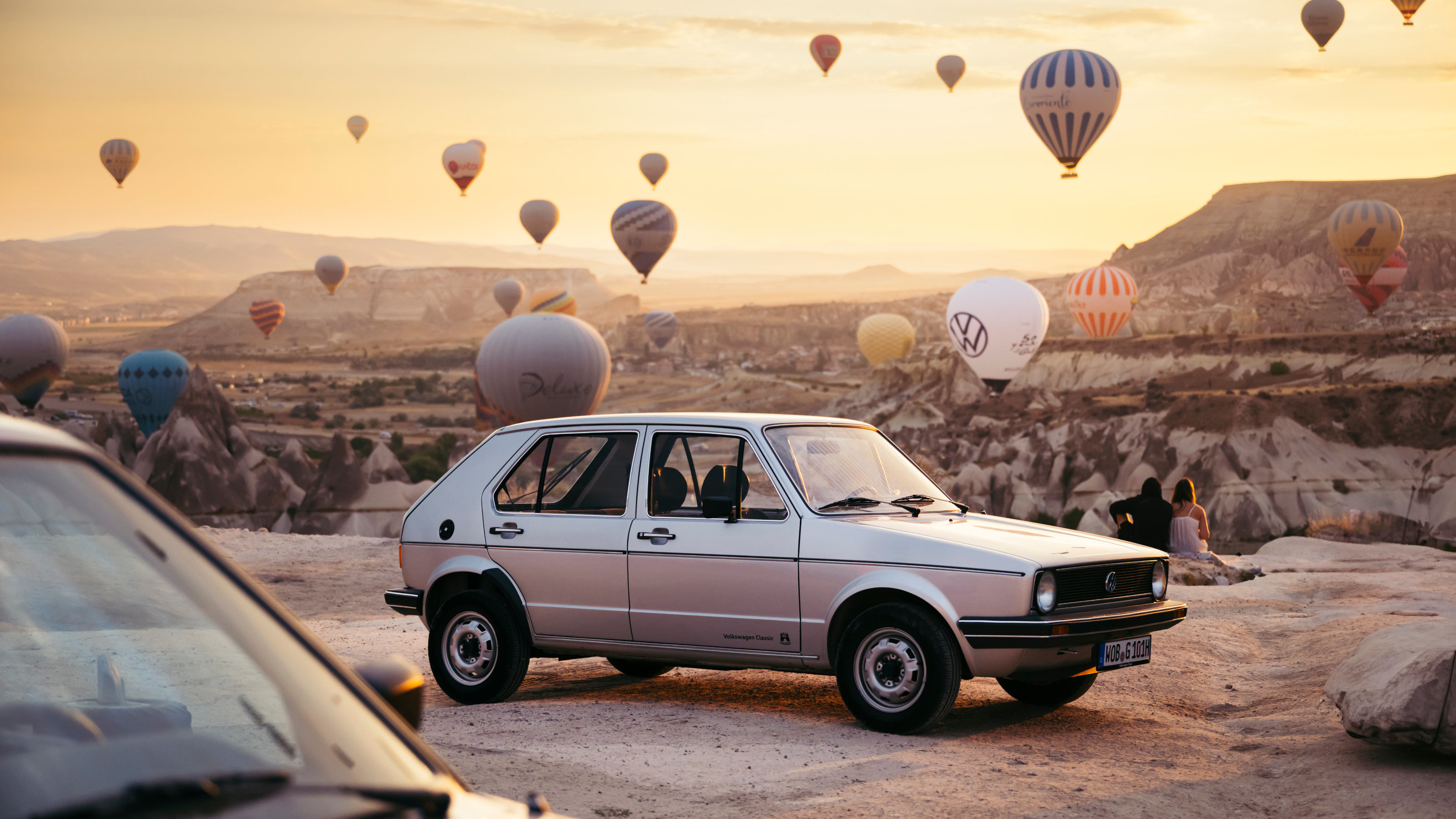 Volkswagen celebrates 50 years of the Golf, its most famous modern model, with a flight of fancy
Volkswagen celebrates 50 years of the Golf, its most famous modern model, with a flight of fancyWallpaper* travelled to eastern Turkey in search of the perfect backdrop to mark 50 years and eight generations of the evergreen VW Golf
By Adam Hay-Nicholls
-
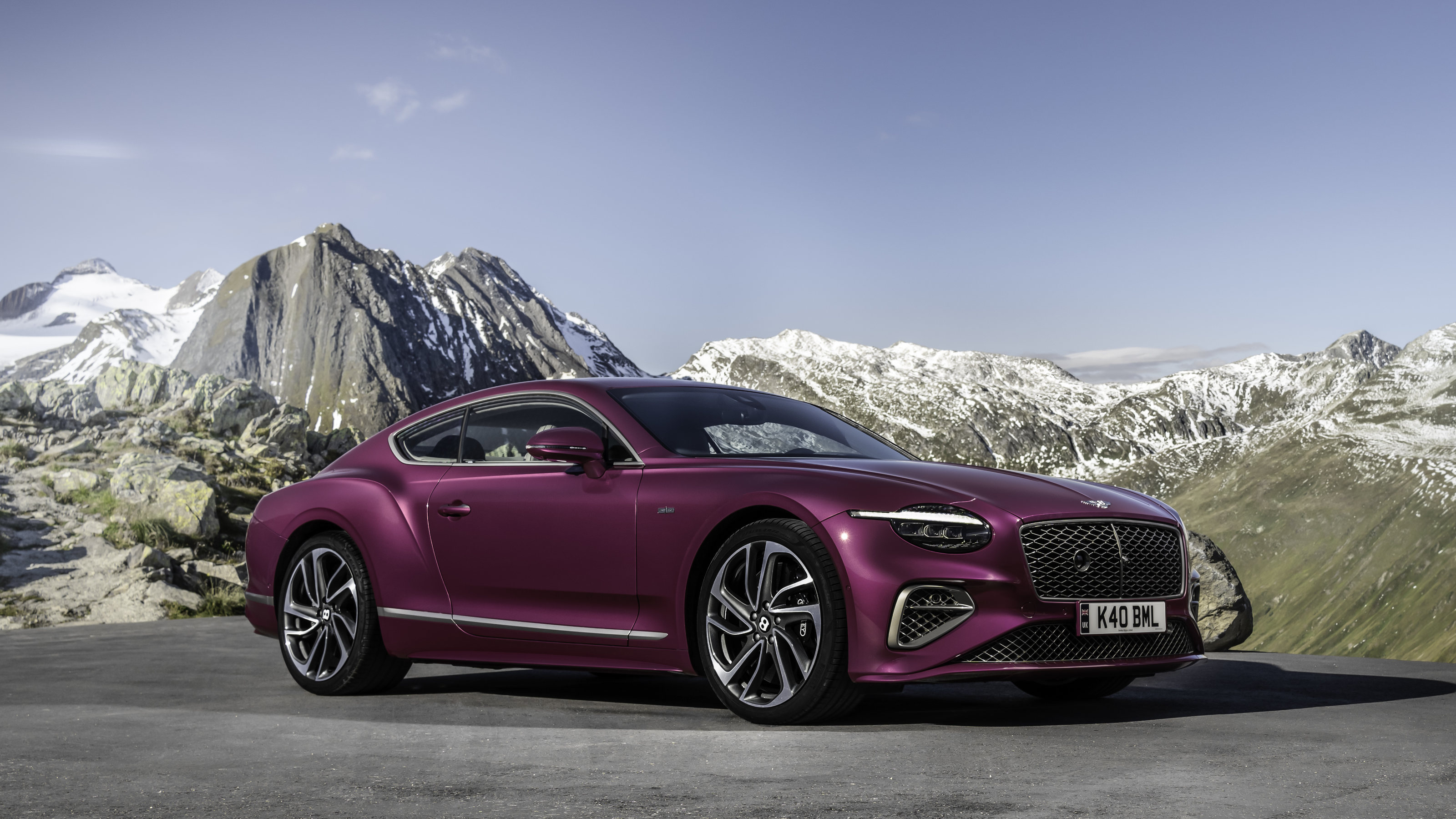 The new Bentley Continental GT Speed surpasses its top-ranking predecessor
The new Bentley Continental GT Speed surpasses its top-ranking predecessorHigh in the Alps behind the wheel of a brand new hybrid Bentley, we reflect on what it takes to make a modern supercar
By Jonathan Bell
-
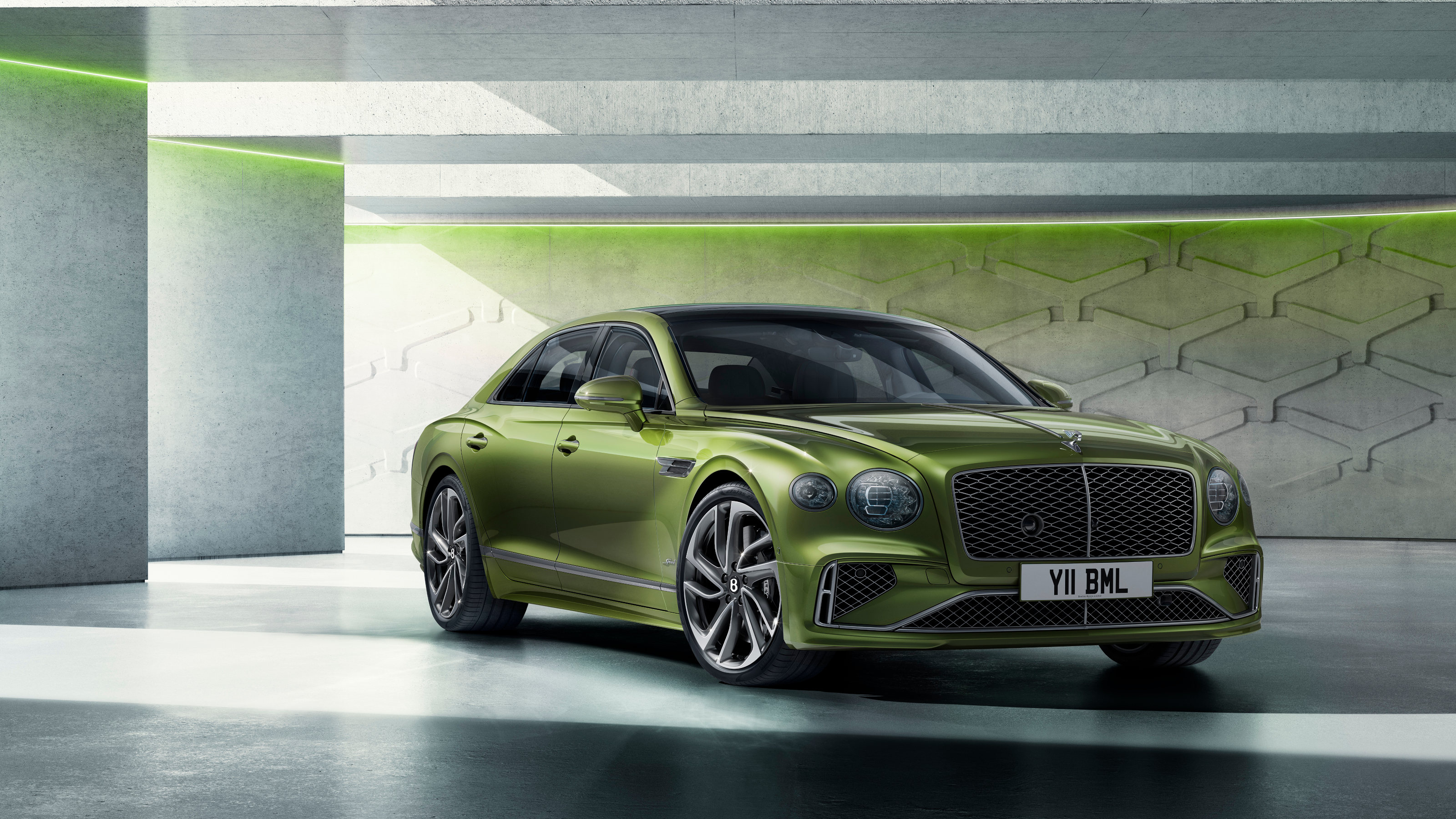 Bentley describes the updated hybrid Flying Spur Speed as a four-door supercar
Bentley describes the updated hybrid Flying Spur Speed as a four-door supercarThe latest version of the Bentley Flying Spur is a technological showcase and an outstanding performer
By Jonathan Bell
-
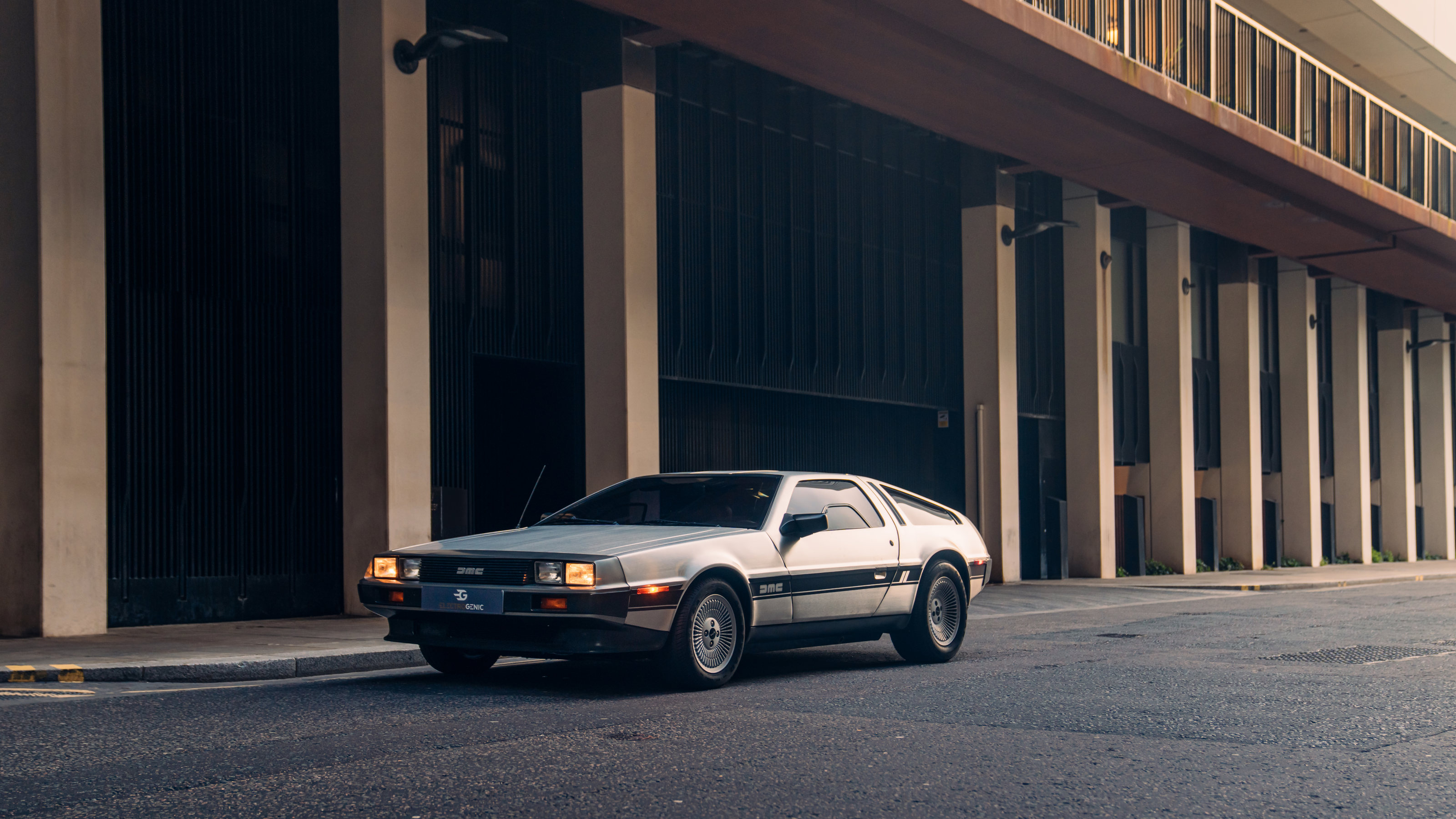 We sample the world’s first all-electric DeLorean, a stainless steel marvel for the modern age
We sample the world’s first all-electric DeLorean, a stainless steel marvel for the modern ageElectrogenic brings its brilliance with batteries and motors to bear on the iconic DeLorean DMC-12, giving this classic design the futuristic feel it deserves
By Jonathan Bell